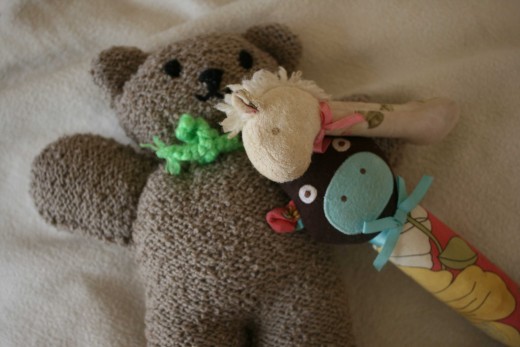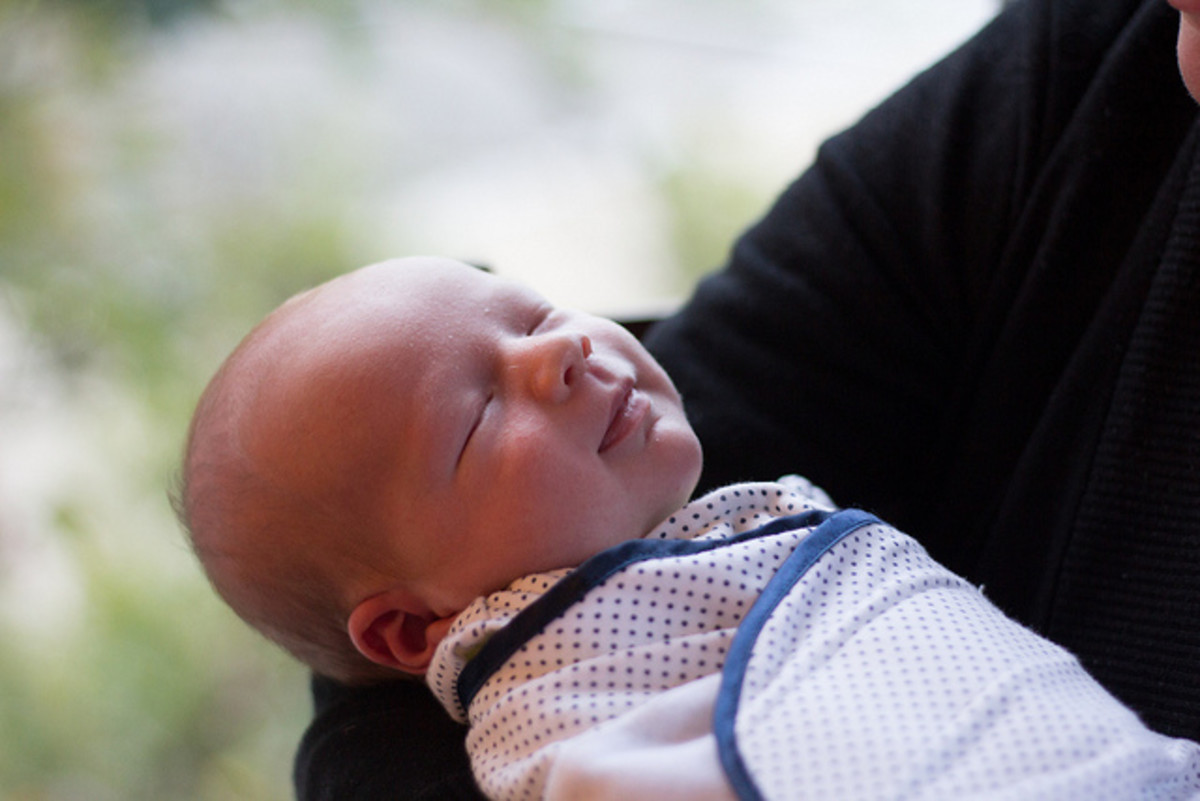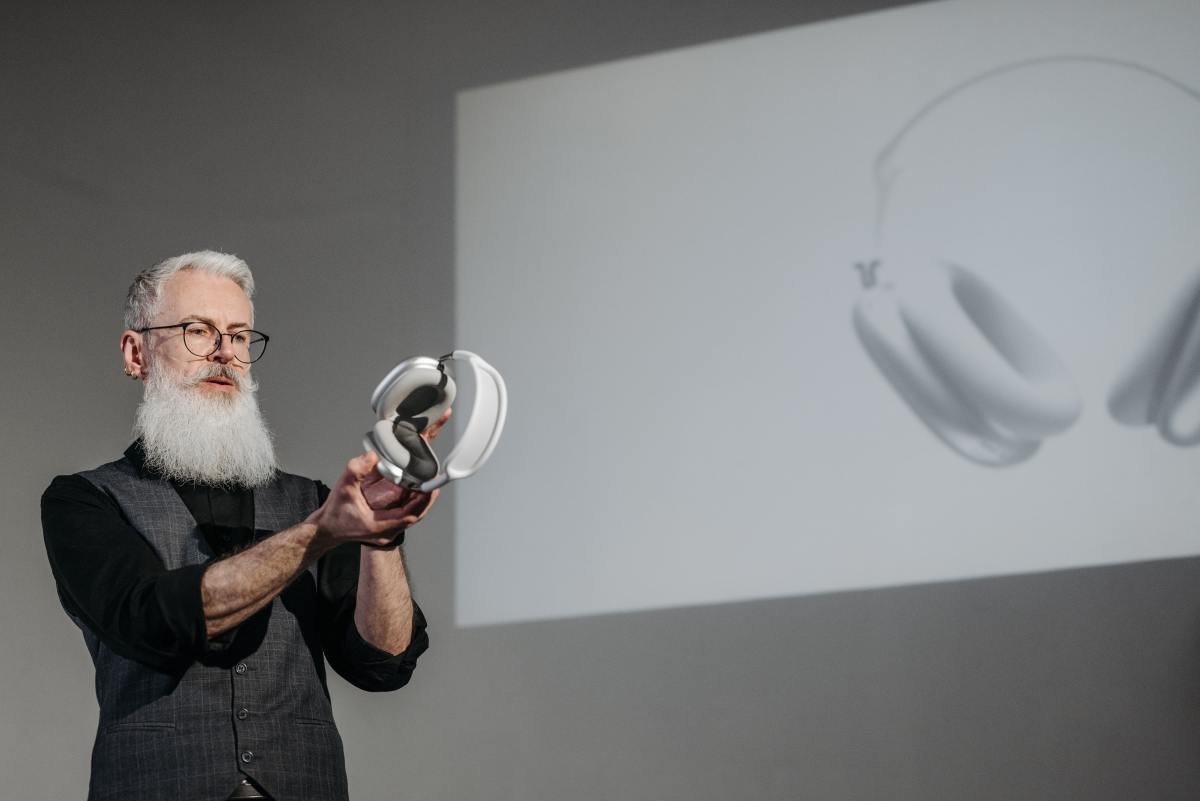Get your baby sleeping through the night

The Baby Whisperer Solves all Your Problems, by Tracy Hogg with Melinda Blau
This book is quite accurately titled. Tracy Hogg, otherwise known as the baby whisperer, wrote this comprehensive baby manual for parents. She was known as the baby whisperer for her uncanny ability to understand babies and help parents solve issues.
The book provides loving and respectful solutions for many of the common issues faced by families with infants. These issues centre around sleep, feeding and behaviour. The book will particularly appeal to those parents who want to teach their children to sleep properly but don’t want to use controlled crying methods.
The beauty of this book is that it seeks to give parents a parenting plan that suits their child’s personality as well as their own. For example, some children may be outgoing and some may be incredibly shy. Tracy Hogg recognises that even babies have personalities, and adults also have different parenting styles.
The main issues that parents have with babies tend to centre around sleeping, feeding and behaviour. This book examines in detail these problems and sets out strategies to deal with them. Hogg starts with the premise that problems or issues can be addressed as long as the right questions are asked.
Sleeping like babies
Not surprisingly given the amount of sleep deprivation that new parents experience, a large slice of this book is devoted to achieving good baby sleep routines and solving sleep problems.
Hogg starts by providing guidelines on the sleep needs for children, ranging in age from newborns to toddlers.
Hogg explains how infant’s daily routines influence their sleep cycles. Unlike adults, if babies are overtired they take longer to settle and their sleep can be disrupted.
The book does not advocate a very strict timetable for feeding and sleeping. Instead the author offers a general outline of what parents should expect in terms of the length of times babies should go between their sleeps.
Hogg suggests a clear routine of feeding, activity and sleeping for babies. She also provides a broad outline fo when to expect that children will feel tired and need their sleeps. However, rather than putting babies to bed at strict times every day, Hogg suggests that parents learn to read the child’s body language. She outlines the cues that babies give to show that they are tired and the times that we would normally expect them to be so. For younger babies she recommends parents follow a rough three hour cycle of feeding, playing and sleeping. For older infants the cycle becomes a four hour one.
Hogg also provides useful suggestions for a settling routine. The settling routine prepares the baby for bedtime, and can be enacted once parents realise their baby is becoming tired. Following the routine helps the baby relax and settle more easily.
This comprehensive guide also shows parents what to do if the baby is tired but not settling. This book is so helpful to new parents, because once they understand their child’s body language they know when their child is genuinely tired or hungry. Parents are not just following a timetable from a book that says their baby should be tired at an exact time of day. If you follow Hogg’s guidelines parents can be fairly certain, even if their baby is crying, that they have done the right thing by putting them in bed. The baby may be upset, but chances are that it is because they need to settle to sleep, not because they are not sleepy.
Hogg also outlines sleep rescue methods for children who are not sleeping. Her methods change according to the age of the child and the particular issues. Hogg’s strategy is to give parents a loving way of teaching their children to go to seep independently. She talks about sleep props and how babies can become accustomed to falling asleep in a certain way. For example, some infants may only sleep if they are rocked to sleep.
Rather than use controlled crying, which basically advocates leaving a baby to cry themselves to sleep, Hogg advocates a sleep training tool called “pick up/put down”. She describes this as her “middle of the road philosophy" on sleep. Basically pick up/put down involves putting the baby or toddler in their cot to sleep by themselves. However, parents pick up the baby up to calm them when they get upset. The idea is that babies gradually learn to sleep independently but are also reassured that they have not been abandoned.
Feeding your baby
The Baby Whisperer also provides very useful and practical information on feeding and babies.
Tracy Hogg outlines infant's nutritional needs and how long the gaps between feeding can be.
There is a very useful section on reflux and other feeding issues, and how to alleviate these problems.
There is a section on breast feeding and overcoming common breastfeeding issues. She also provides information on forumla feeding and guidelines on the amounts to give your baby.
There is also a veryuseful chapter of weaning. This includes a nutrition guide. However, it is much more than just a healthy eating chart. Tracy Hogg also provides strategies for teaching babies and toddlers table manners.
Baby behaviour
One of the ways this book also differs from many other baby care books is that it also talks about babies and their behaviour. It shows that we can gently teach children proper ways of behaviour from a young age. For example, if a child is hitting or biting, it is imporant to tell them not to and to restrain their hands.
There is a chapter on toilet training. This includes the best ages to try and tried and tested methods for teaching toileting.
I first read this book when I was pregnant with my first child. It became a very useful reference manual particularly for my first child. In particular, it was great to have some common sense tips about infant body language and sleep routines before my baby was born. This book appealed because I felt that the author treated all members of the family, from the baby to the parents and other siblings with care and respect.
I highly recommend it.
Baby sleep solution books









